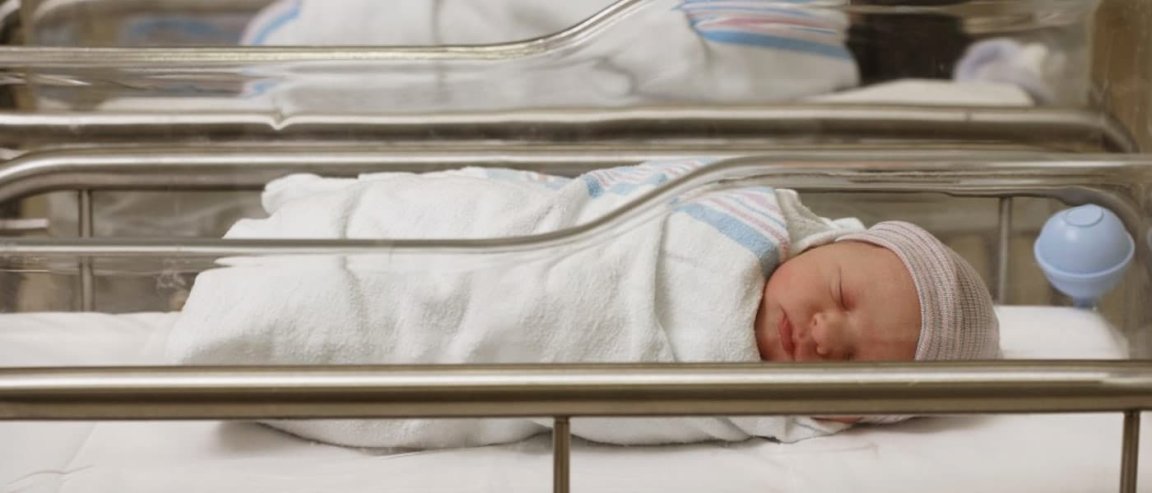
Three DNAs and a Baby
Though he’s not the first to be born with DNA from three people, a special little five-month-old baby is the first to have been conceived and birthed using a new and controversial technique called mitochondrial donation, an improvement of leaps and bounds over those techniques used by doctors as far back as the 1990s to create babies with DNA from three people.
Found in almost every cell, mitochondria, nicknamed the “powerhouses of the cell,” are small compartments that convert food into energy. Though mitochondria are separate from most of our DNA, which is located inside the nucleus of cells, mitochondrial genetic defects are always passed along to offspring. With mitochondrial donation, doctors use a donation from a third party to repair the mitochondria in the mother’s egg before it is fertilized in the lab with the father’s sperm.
U.S. doctors decided the procedure was the best way to save this baby from inheriting Leigh Syndrome, a genetic defect carried by his Jordanian mother. The disorder results in the degeneration of the central nervous system and would have been fatal for the child. A healthy donor egg was used to provide the mitochondria for the successful operation, resulting in a baby with 0.1 percent of his DNA coming from the donor and the rest from his mother and father.

Worth the risks?
Mitochondrial donation can save lives, but the procedure is highly controversial. Those who oppose it cite concerns about how children born with DNA from three people will feel about their origins, what happens to the unused embryos, and the potential long-term effects of genetic modification when stating their cases for why such procedures should be outlawed.
In fact, they are outlawed in many countries, including the U.S. The team that performed the operation had to fly to Mexico where there are no laws that prohibited the procedure. But amidst all the criticism and controversy, the team still believes that they did the right thing.
“To save lives is the ethical thing to do,” says Dr. John Zhang, who led the team from NYC’s New Hope Fertility Center. In October, they will present their finding at a meeting of the American Society for Reproductive Medicine, so people on both sides of the debate will have a chance to ask questions and learn more about this controversial procedure that could change lives across the globe.
